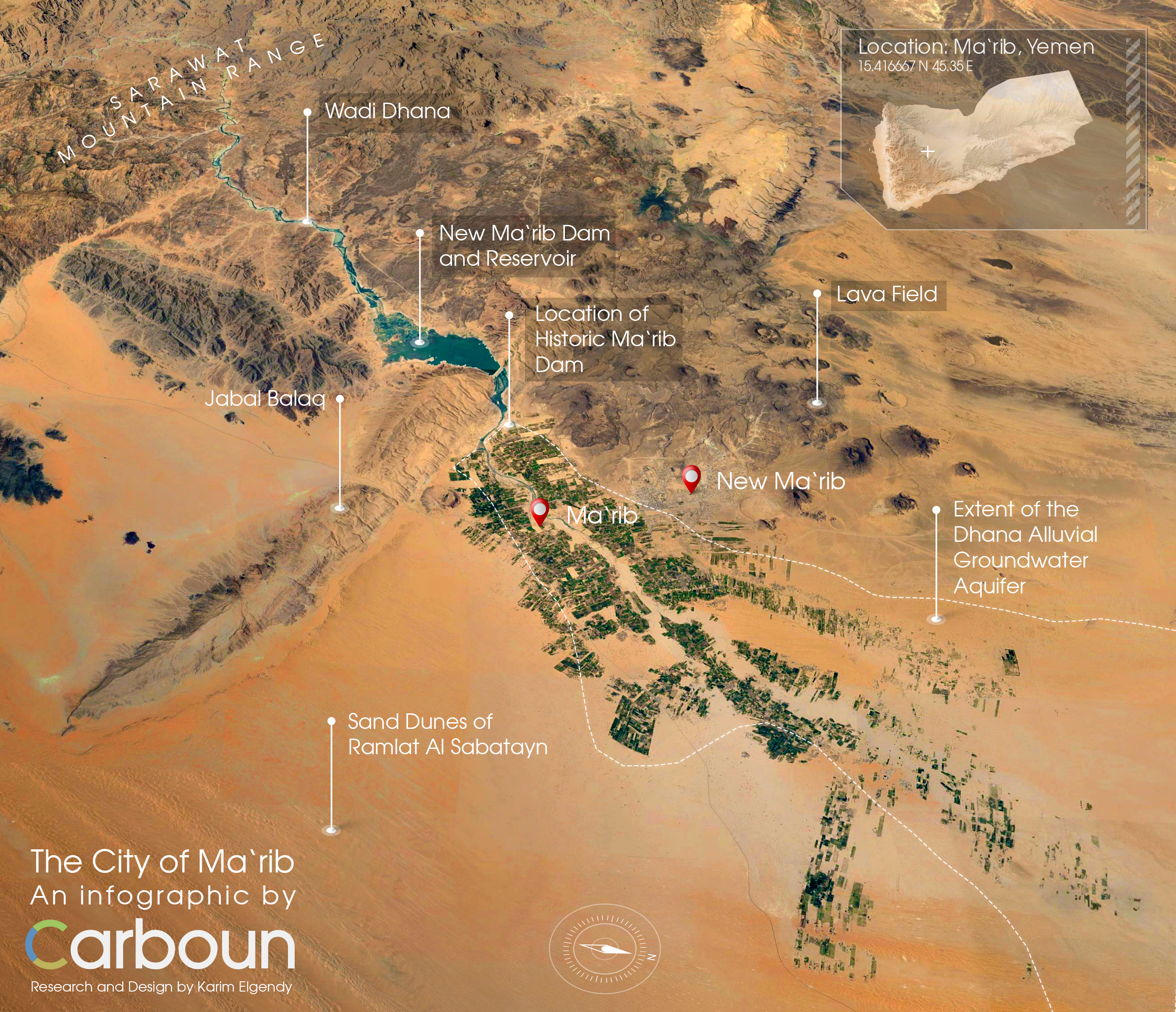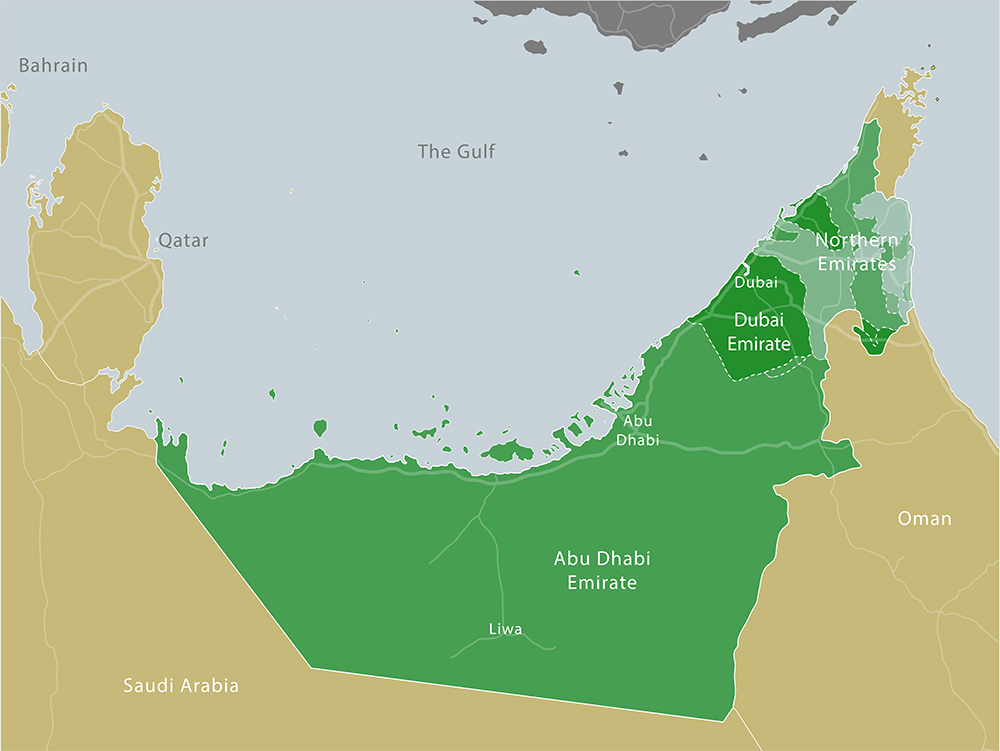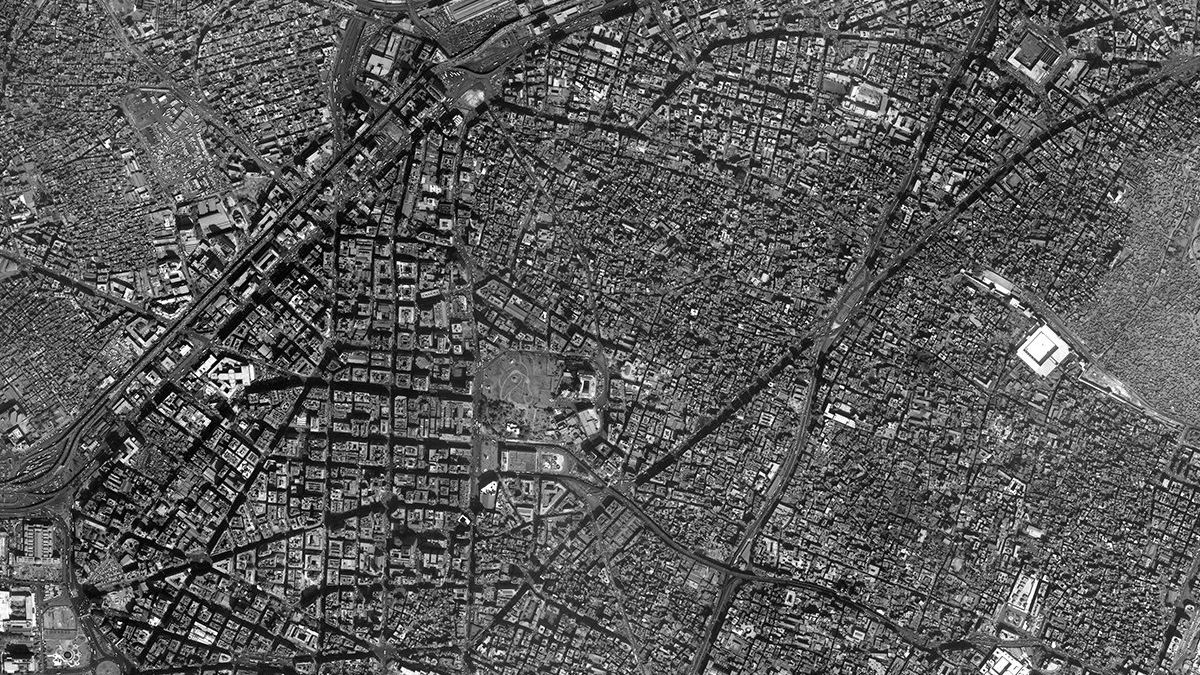|
|
Karim Elgendy
Under the blockade, Gaza is often likened to a prison, with poor and patched up infrastructure and declining sanitation. In May, the Israeli bombing of urban areas in response to Hamas rockets caused yet more devastation. But what is often overlooked is that with every war, indeed with every passing year, the environment in Gaza is becoming more fragile, and the ability of this small strip of land to sustain human life further eroded. As such, Gaza is a reminder to its neighbours of their serious environmental challenges and a warning of dire consequences if action is not taken.
Continue reading Canary in the coal mine: Gaza, the Levant, and climate change
Karim Elgendy and Natasha Abaza
Cities of the Middle East and North Africa (MENA) region share many characteristics that are not limited to their shared heritage, traditional urban form, or socioeconomic conditions. We argue that the cities of the MENA region share another characteristic; limited success in reaping the benefits of urbanization which has been taking place for over a decade, ultimately leading to unique growth in carbon emissions across multiple metrics
Continue reading Urbanization in the MENA region: A Benefit or a Curse?
Karim Elgendy
Since the start of the industrial age at the end of the 19th century, global surface temperatures have been on the rise due to increased carbon emissions. It is estimated that the earth’s surface temperature has already increased by an average of 0.9° C since then with obvious impacts on the global climate patterns.
The pattern of such warming has varied between different regions. Even within certain regions, sub-regional variations can be detected. In the Middle East and North Africa region, for example, there are sub-regional variations in how countries have warmed between 1880 and 2019, which correlate with their proximity to the Mediterranean Sea or the Persian/Arabian Gulf.
Continue reading When Did Your Country Start Getting Warmer?
Karim Elgendy
Human settlements have traditionally needed an environmental rationale to exist where they do. They needed access to freshwater and to ecosystems that have enough biocapacity to produce biological materials to sustain their residents. Settlements also required a climate that was moderate enough – or can be economically moderated – to support human habitation.
But for these settlements to become thriving cities, the prerequisites above were not enough. Successful cities depended to a large extent on their integration into an efficient trade network.
One historic regional example of this is the rise and fall of the city of Ma’rib, which is today a settlement of less than 20,000 people just 75 miles east of the Yemeni capital Sana’a, but for almost a millennium, was one of the region’s greatest cities.

Continue reading Cities, Biocapacity, and Trade: The Case of Ma’rib

Karim Elgendy
Most cities have a good reason for being located where they are. The major Palestinian cities of the WestBank are excellent regional examples of rational city location. The old cities of Jerusalem, Hebron, Bethlehem, Ramallah, Jenin, and Nablus are all located on the flat ridges of the West Bank mountain range, benefiting from mild climate and significant rainfall – unlike locations only 15 miles to the east such as the oasis city of Jericho.
Continue reading Cities of the West Bank

Karim Elgendy
Settling along the shores of the gulf
In the barren deserts of the Arabian Peninsula, people have always settled in locations that provided freshwater and enough natural resources to enable trade and economic development. Human settlements in the southern shores of the Gulf, in what we now know as the United Arab Emirates (UAE), are no exceptions to this.
For the last four centuries, the Bedouins of the Banu Yas tribes have settled a strip of land along the northern edge of the dune fields of the Arabian Peninsula’s Empty Quarter. Drawn to its plentiful ground water resources they established what is now known as the Liwa Oasis and developed date plantations which provided subsistence. But when fresh water was discovered on the Abu Dhabi Island in the late 18th century, Al Bu Falah branch of Banu Yas moved to the coastal location which – in addition to providing fresh water- also allowed them to develop pearling industry and trade.
In the early 19th century, another branch of the Banu Yas, known as Al Bu Falasa, moved from the Abu Dhabi Island to settle near a natural creek 90 miles east of the Abu Dhabi Island. In addition to ground water and pearling, the creek – now known as the Dubai Creek- allowed the establishment of a port which facilitated trade with neighbors across the gulf and beyond. They quickly established a settlement on the western shore the creek – known later as Bur Dubai – but had to abandon it two decades later and move to the eastern shore after a smallpox outbreak. By the end of the 19th century, the combined advantages of fresh water availability, the natural port, the pearling industry, and the good geographic location, were sufficient for the new settlement to endure a sweeping fire that burnt through most of it dwellings. The Bedouins that have settled in Dubai sought no other location and simply rebuilt their settlement.
Continue reading Policies to Buildings: The UAE’s Emergence as the GCC’s Sustainability Leader

Karim Elgendy and Joumana al Jabri
An infographic comparing the two extreme urbanisms of Dubai and the Gaza Strip. While the two urban regions demonstrate surprising similarities when their geographic and demographic data are compared, their political and socio-economic conditions have produced urbanisms that are radically different and equally unsustainable.
A version of this infographic was first published by Portal 9 Magazine under “Reading Gaza Through Dubai”. Copyrights for the infographic are reserved for the Authors above. No reproduction or republishing of theinfographic or any part thereof is permitted without prior written consent from the authors. To discuss this infographic, please join Carboun’s discussion group on Linkedin. For news and updates on sustainability in cities around the region, join Carboun’s Facebook page or follow its Twitter feed. Continue reading Two Unsustainable Urbanisms: Dubai and Gaza
|
|







